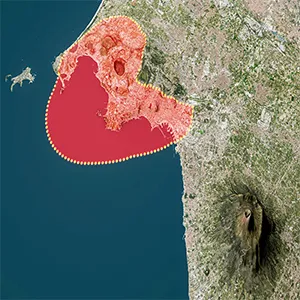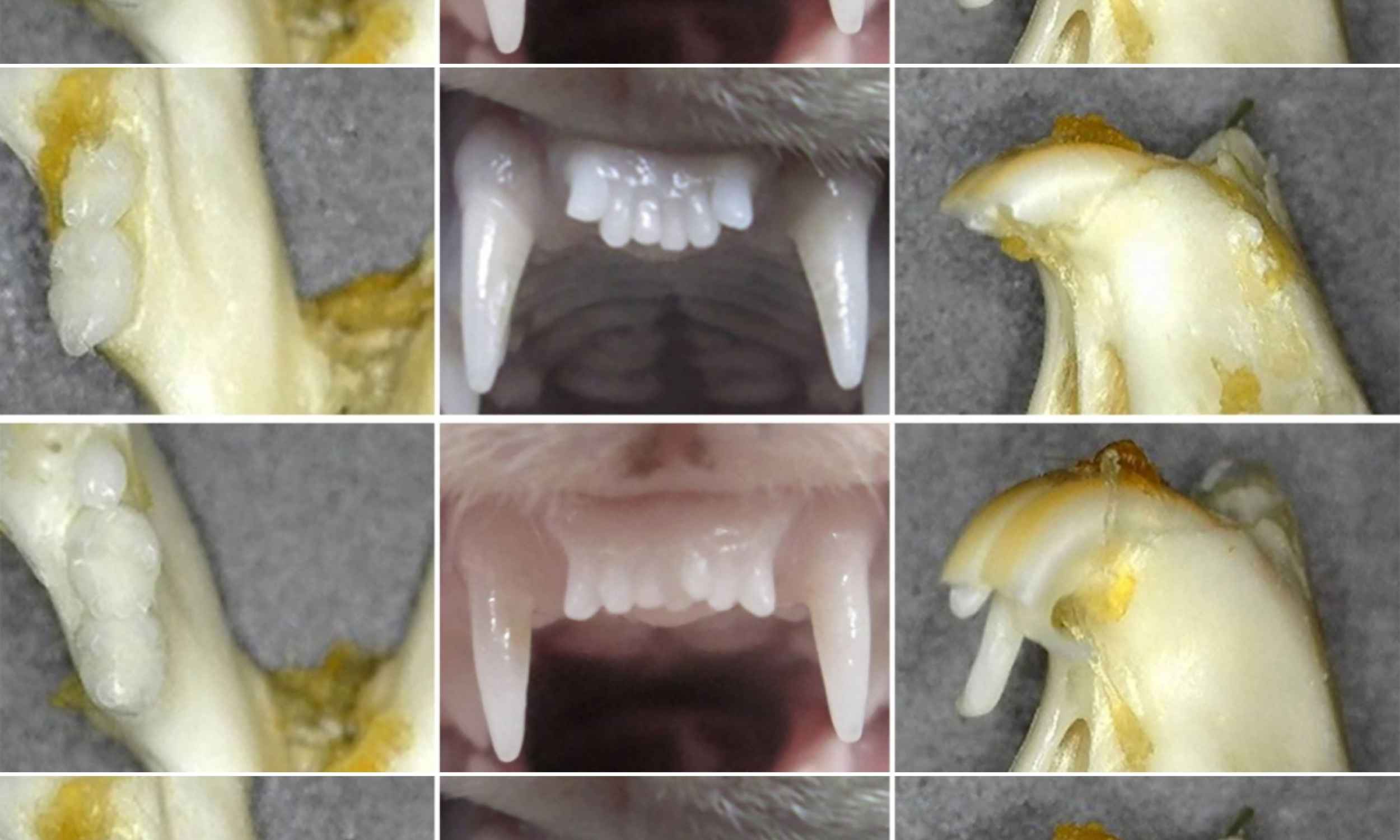If you live around Naples, you know the ground breathes. Streets crack, the harbor silts up, steam curls from the earth, and swarms of small quakes rattle windows. All that action comes from Campi Flegrei, a wide “supervolcano” caldera that last erupted in 1538.
For years, many scientists have read these signals as classic signs of magma on the move. But two recent studies – one in March 2023 and another in May 2025 – have reshaped the picture.
Together, they tell a story that is both sobering and surprisingly hopeful: Campi Flegrei is still dangerous, but some of its most disruptive behavior may be managed.
Studying Campi Flegrei in 2023
The 2023 paper focused on carbon dioxide (CO₂), a gas that volcanoes release in large amounts. CO₂ matters because it often increases when magma rises and starts to degas, which can precede eruptions.
At the Campi Flegrei caldera, CO₂ measurements at the Solfatara-Pisciarelli zone rose during the current unrest (which began in 2005), reaching roughly 4,000-5,000 tons per day – among the highest volcanic CO₂ fluxes on Earth.
If one looked only at that trend, one might conclude that magma was moving upward and a countdown to an eruption had begun.
The authors investigated further. They examined gases such as nitrogen and helium alongside CO₂ and compared the real data to what their models predicted if magma degassing were the only driver.
The numbers did not line up.
Beginning in 2005, the gas ratios drifted away from the “pure magma” pattern, matching two surface indicators: hydrothermal temperatures and the steady ground uplift known locally as bradyseism.
Where was the gas coming from?
What was adding CO₂ if not just magma? The 2023 study pointed to a second source: the hydrothermal system heating the rocks themselves.
In plain language, hot, reactive fluids were decarbonating calcite (a carbonate-rich mineral) in the shallow reservoir rocks and releasing additional CO₂. The team estimated that this non-magmatic source contributed about 20-40% of total CO₂.
That finding did not make the volcano harmless – far from it – but it did change how scientists interpret gas alarms.
A spike in CO₂ at Campi Flegrei does not automatically mean magma is surging. Sometimes it means the hydrothermal system is getting hotter and more pressurized, which can still be hazardous but in a different way.
Studying Campi Flegrei in 2025
Fast forward 14 months to May 2025. A second group of scientists published a study that asked a bigger question: what, exactly, is driving the recent bursts of earthquakes and the dramatic rise and fall of the ground?
They pulled together two major episodes of unrest – 1982-1984 and 2011-2024 – then compared the patterns of uplift, seismicity, and subsurface imaging.
In the lab, they simulated the rocks above the caldera using a setup like a moka pot, the stovetop espresso maker.
A heated lower chamber (representing a geothermal reservoir) pushed fluid into a cracked “lid” made of Campi Flegrei-like materials. The result of all that detective work was a new model with a crucial twist.

How supervolcano pressure builds
The central actor behind the building pressure inside Campi Flegrei is not a blob of rising magma in the upper crust; it is a capped geothermal reservoir sitting beneath the town of Pozzuoli. The caprock above it is fibrous and “self-healing,” which means cracks can seal up quickly.
When the lid seals, water and steam trapped below it build pressure. Pressure builds until the rocks fracture, the water flashes to steam, producing a burst of shaking and noise – a pattern residents report.
Interestingly, the earthquakes in these sequences tend to start shallow and then deepen over time, which is the opposite of what you would expect if magma or its gases were pushing upward from depth.
After big episodes, the land actually sinks a bit, consistent with fluids discharging and pressure dropping.
Why does any of this matter?
Here is the hopeful part. If the main driver of unrest is pressure in a closed, fluid-filled reservoir, then you can manage the fuel.
You cannot turn off the “burner” heating the system – the deep magmatic heat source – but you can reduce the amount of water available to pressurize the reservoir.
The researchers propose practical steps: restore and maintain surface-water channels so heavy rains do not funnel into the system; monitor and control groundwater levels; and, where appropriate, relieve pressure by withdrawing fluids through wells.
Think of it like tending a radiator: keep the system from clogging or overfilling, and bleed off pressure before it blows a gasket.
Campi Flegrei eruption risk
What does that mean for eruption risk? It does not mean Campi Flegrei is safe. A supervolcano caldera with Campi Flegrei’s eruptive history still sits atop a large population. Magma is still present at depth.
The 2023 work showed that the hydrothermal system has been heating and releasing CO₂ in ways that track with ground uplift, while the 2025 work argues that pressure in the sealed geothermal reservoir can trigger swarms of shallow quakes and potentially steam-driven explosions (phreatic blasts).
Both of those issues can be destructive, even without lava.
The new approach does not “turn off” a magmatic eruption if deep melt intrudes; it aims to prevent or reduce the kind of fluid-pressure crises that have damaged buildings and frightened residents for decades.
Shifting focus and mindset
The key takeaway is a shift in mindset. For decades, volcano monitoring focused on watching and warning: measure gases, track quakes, map ground motion, and be ready to evacuate. That is still essential.
But if groundwater and surface runoff are a big part of the problem, civil engineers and geoscientists can work together on prevention.
They can unclog centuries-old drainage canals, divert stormwater, measure groundwater levels like a cardiologist tracking blood pressure, and – where science and policy align – use wells as pressure valves.
None of this is a silver bullet for Campi Flegrei, or anywhere else. It requires careful design, community buy-in, and constant monitoring.
But this appears to be a rare case in which a supervolcano’s most pressing threat is not an unstoppable magma surge; it is a pressure system that we might learn to regulate.
The full 2023 study was published in the journal Geology.
The full 2025 study was published in the journal Science Advances.
—–
Like what you read? Subscribe to our newsletter for engaging articles, exclusive content, and the latest updates.
Check us out on EarthSnap, a free app brought to you by Eric Ralls and Earth.com.
—–
Source link



